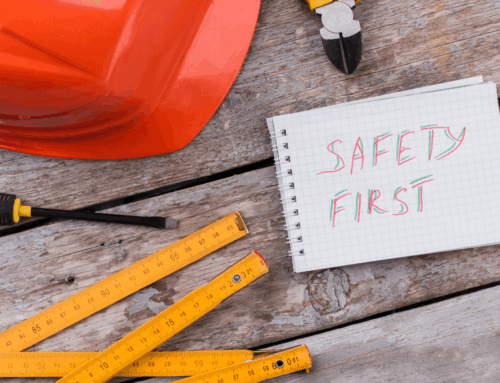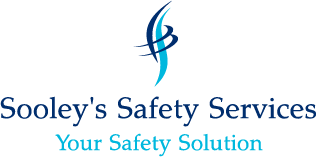In today’s fast-paced work environment, ensuring the safety of employees is not just a legal obligation; it’s a moral imperative. As a workplace safety consultant, I understand that fostering a culture of basic safety awareness is fundamental to preventing accidents, injuries, and even fatalities. This blog explores why safety awareness is crucial and what it takes to comply with safety regulations in Canada.
Why Basic Safety Awareness Matters
1. Preventing Accidents and Injuries
The foundation of workplace safety begins with awareness. Basic safety training equips employees with the knowledge to identify hazards and understand safe practices. A well-informed workforce can significantly reduce the likelihood of accidents, which not only protects employees but also minimizes downtime and related costs for employers.
2. Enhancing Productivity
When employees feel safe, they can focus on their tasks without the fear of injury. A strong safety culture enhances productivity and morale, leading to greater job satisfaction and improved performance. When safety protocols are followed, fewer interruptions occur, allowing for a more efficient workflow.
3. Legal Compliance
In Canada, workplace safety regulations are enforced at both federal and provincial levels. Compliance with these laws is non-negotiable. Basic safety awareness ensures that employees and employers understand their rights and responsibilities, helping organizations avoid legal penalties and liabilities resulting from workplace accidents.
4. Trust and Reputation
A commitment to safety fosters trust within the workplace. Employees are more likely to stay with organizations that prioritize their well-being. Additionally, businesses known for their safety records build a positive reputation in their industry, which can attract top talent and clients who value corporate responsibility.
What It Takes to Comply
1. Comprehensive Training Programs
Safety training should be tailored to meet the specific needs of the workplace. This includes orientation for new hires, regular refresher courses for existing employees, and specialized training for unique equipment or hazardous materials. Ensuring that everyone understands safety protocols is vital for compliance.
2. Regular Safety Audits
Conducting routine safety audits helps identify potential hazards and areas for improvement. These assessments should include equipment inspections and reviewing safety procedures. By regularly evaluating the workplace environment, companies can proactively address risks before they lead to accidents.
3. Active Communication
Open lines of communication about safety concerns encourage employees to voice their observations and experiences. Organizations should foster an environment where employees feel comfortable discussing safety issues without fear of reprisal. Regular safety meetings and updates can reinforce the importance of safety awareness.
4. Effective Reporting Systems
Implementing a clear and accessible reporting system for incidents and near-misses is crucial. This allows organizations to track patterns and trends, helping to prevent future occurrences. Transparency in reporting creates accountability and reinforces a collective commitment to safety.
5. Emergency Preparedness
Having an emergency response plan in place is essential. Employees should be trained on how to respond in various situations – fire, medical emergencies, or natural disasters. Regular drills ensure that everyone knows their roles and responsibilities, which can save lives in critical moments.
Conclusion
Basic safety awareness is the cornerstone of a safe and productive workplace. As workplace safety consultant, I cannot emphasize enough the importance of prioritizing safety and compliance. By investing in comprehensive training, regular audits, effective communication, and emergency preparedness, organizations can create a culture of safety that protects their most valuable asset: their employees.
Let’s work together to build safer workplaces. If you need guidance on implementing safety measures or improving your current safety program, feel free to reach out. Remember, prevent not react!







